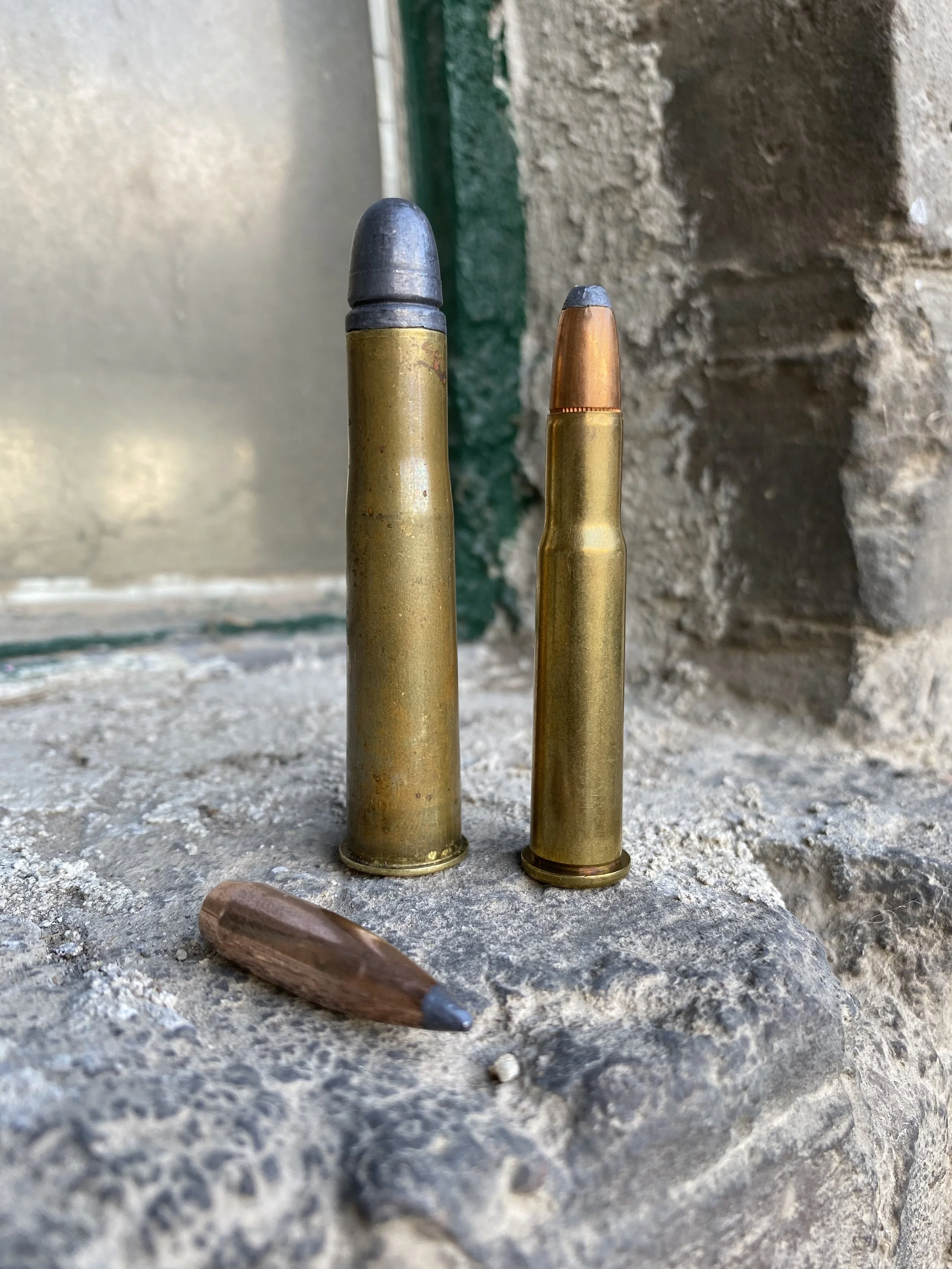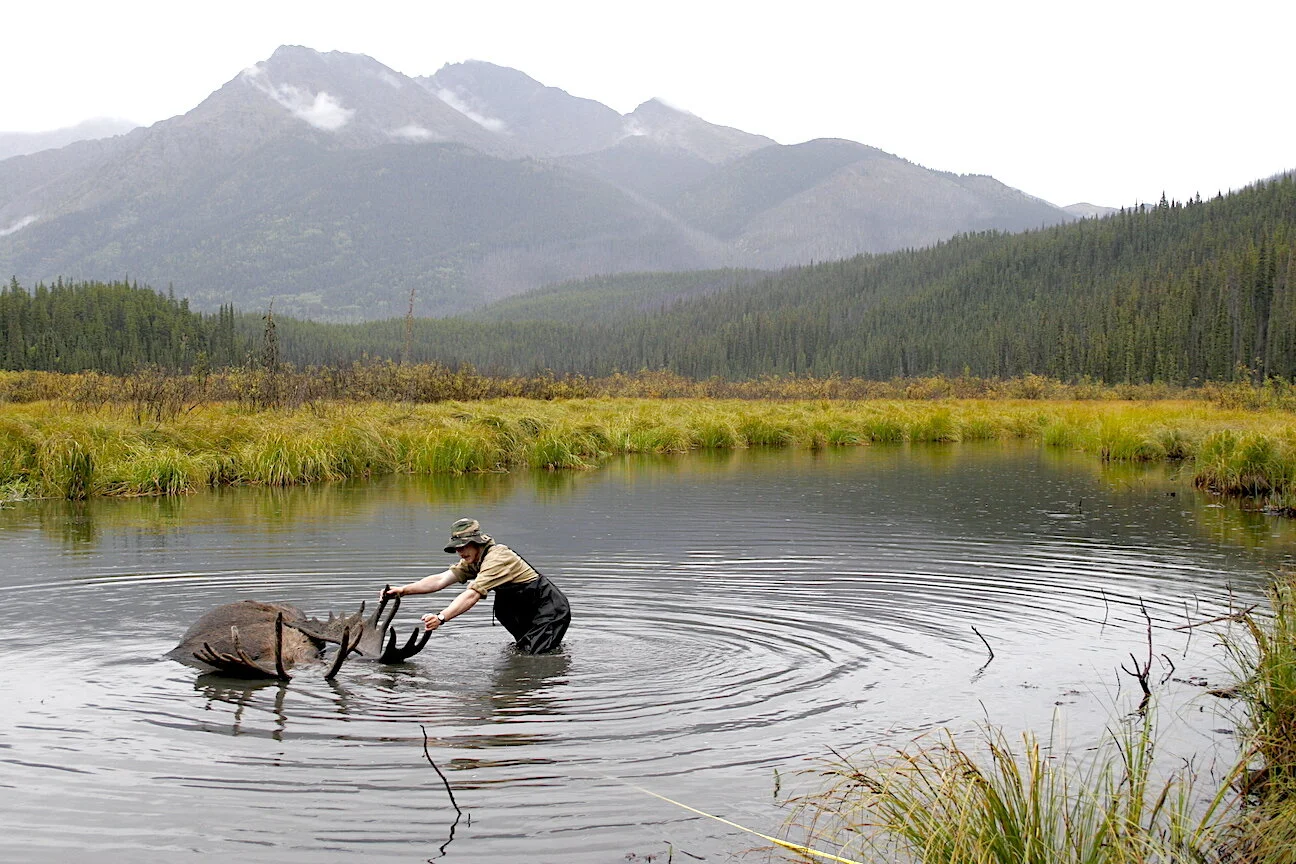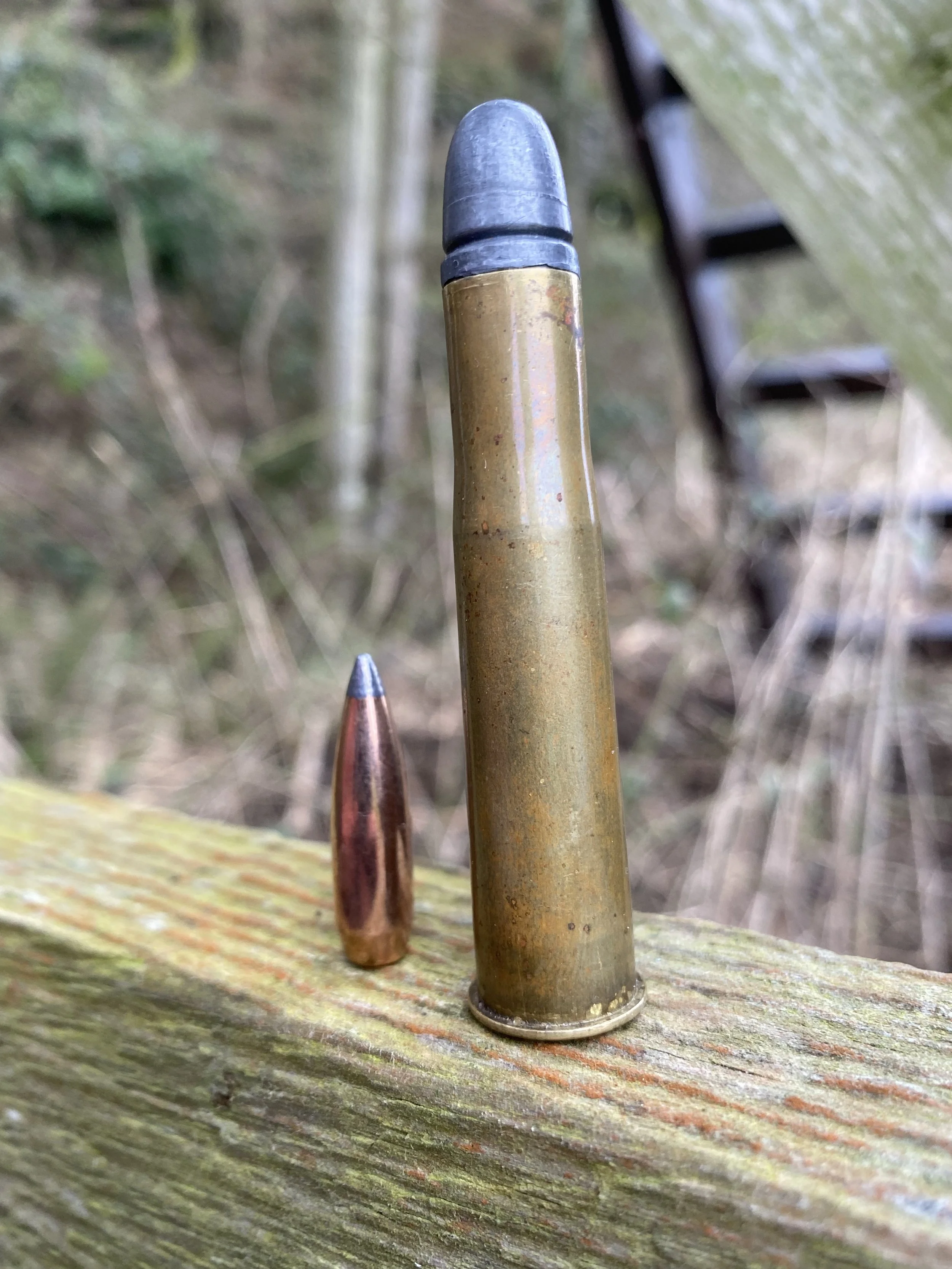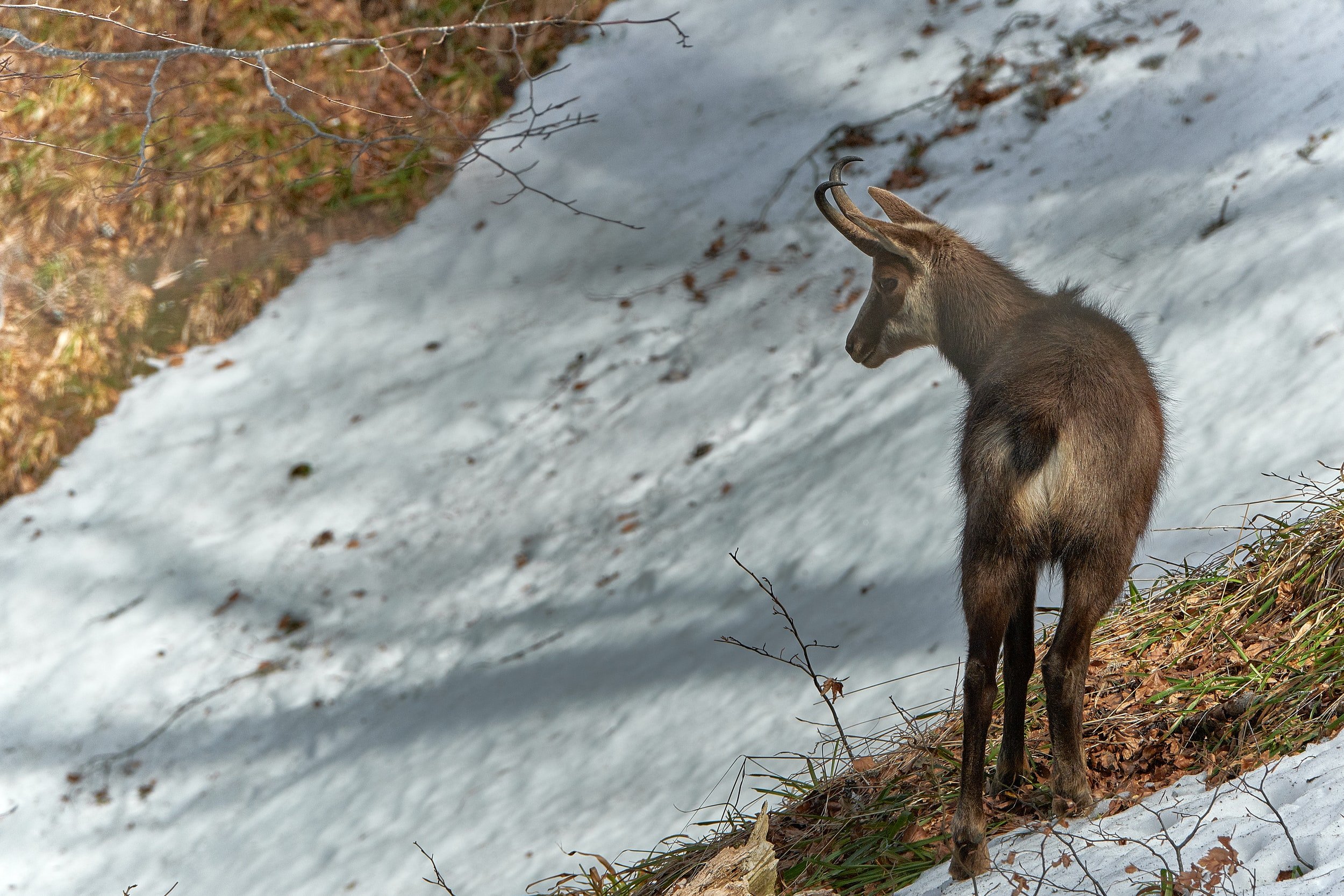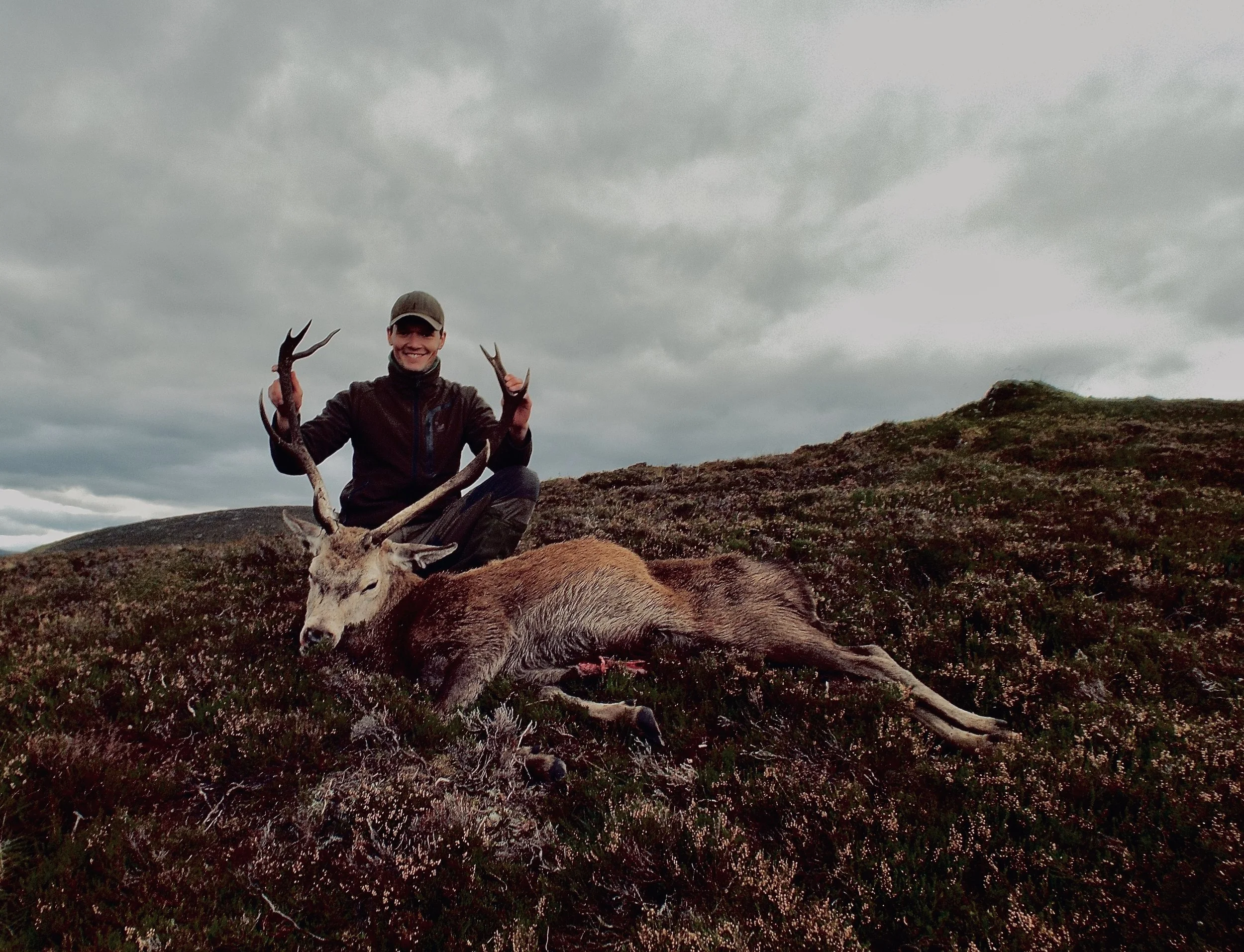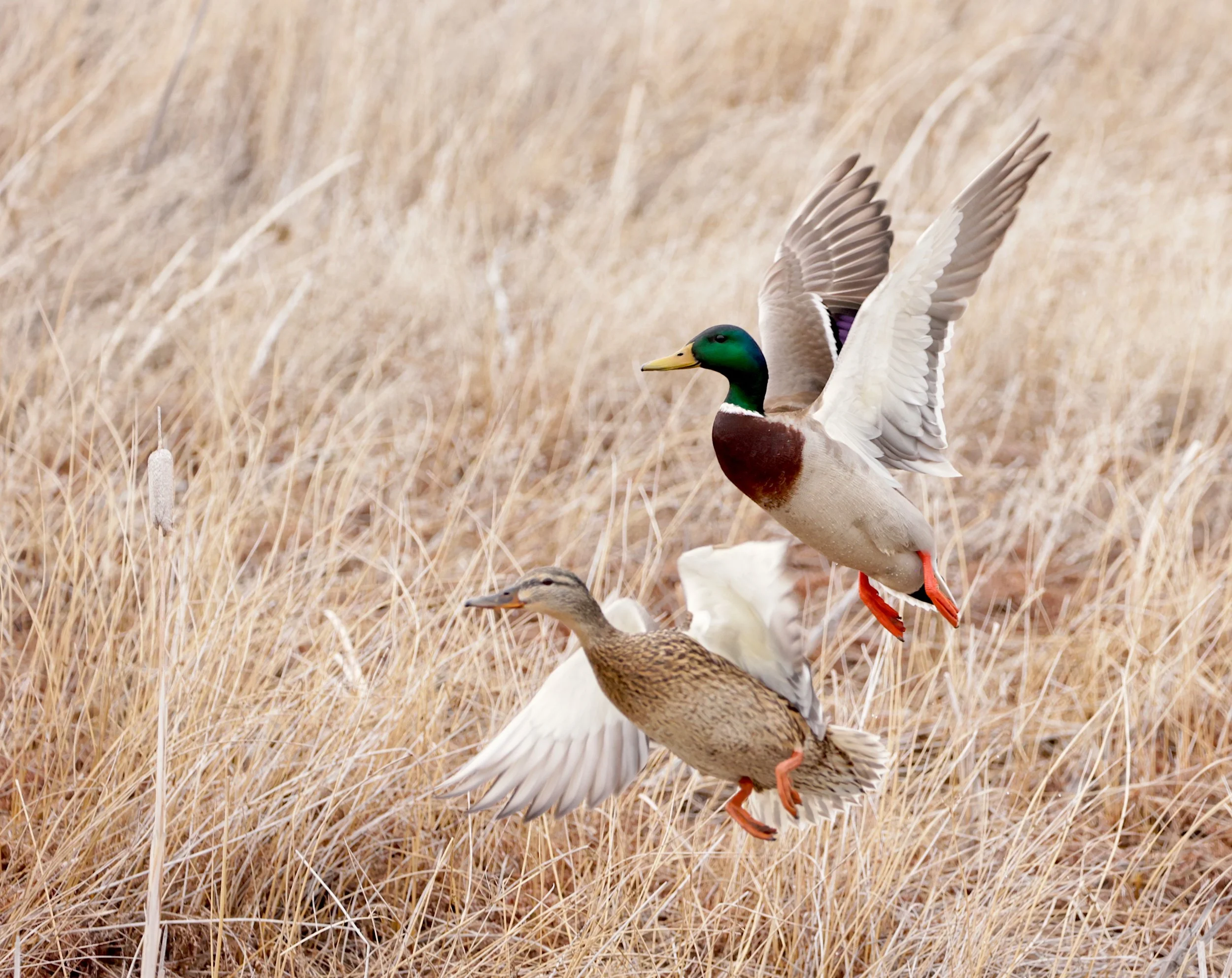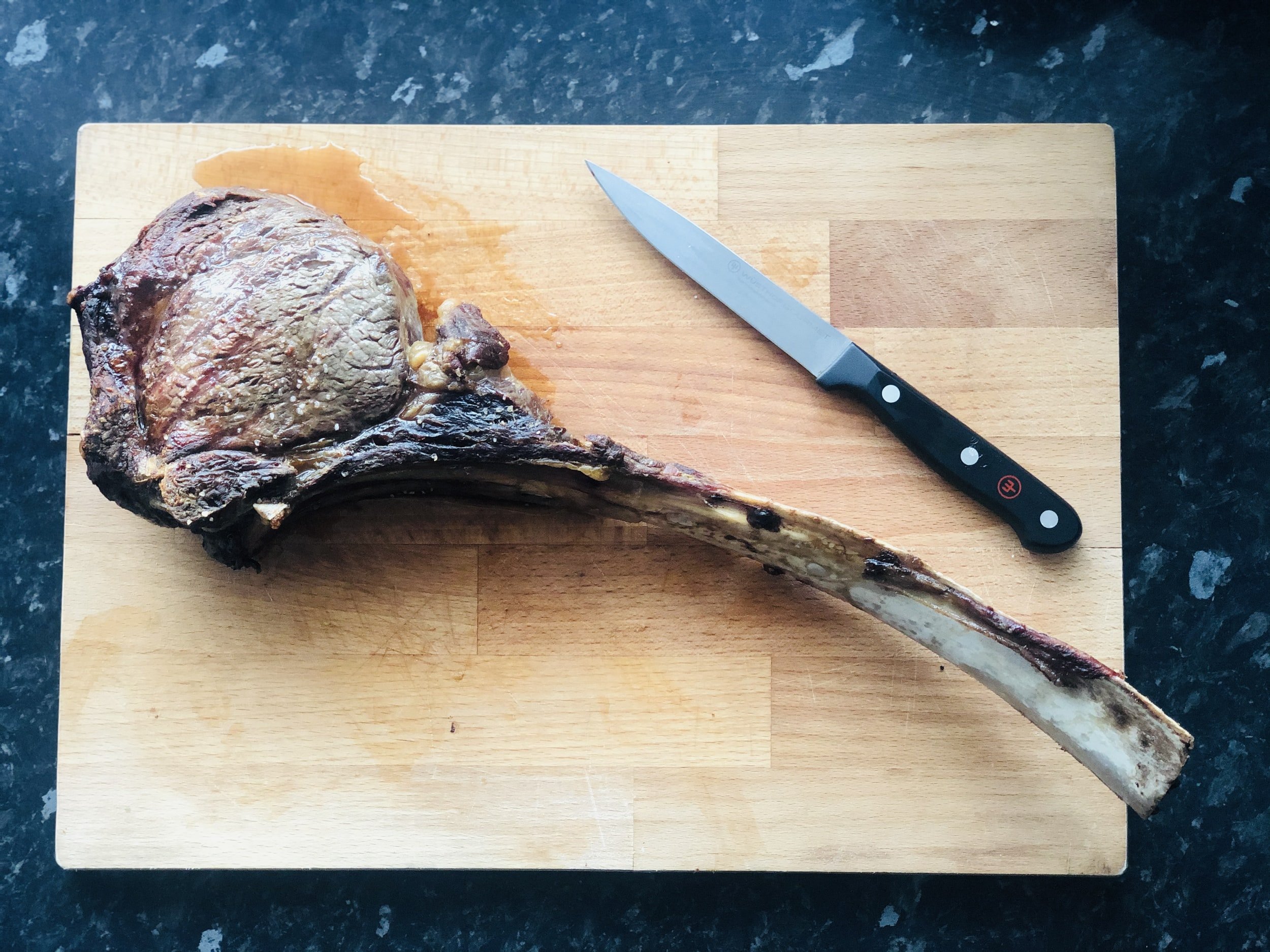Throwing Rocks on Mountain Hunts
What do you see when you close your eyes and hear the words: mountain hunting cartridge? Probably a voluminous case with a heavy for caliber bullet. A steep shoulder, little to no taper. Maybe a .300 Winchester Magnum crosses your mind or one of the new beltless magnums from Nosler or Hornady.
I’m pretty sure you won’t be thinking of a cartridge with shooting characteristics similar to a .45-70 Government. And I bet you’re not expecting bullets of 10.3 mm diameter used for mountain pursuits. That’s .413 inches in a mountain hunting round! Now add a rimmed case to it, fired from a single-shot rifle. If all this sounds strange, I’m right there with you.
But all this is true for the 10.3x60R. A round most people have never heard of and probably won’t ever again unless they hunt in a small region in the Swiss Alps. The canton of Grisons, a federal state of Switzerland’s small but beautiful country, lies in the heart of the European Alps. This state is mountainous, with elevation peaks rising to over 13,000 feet. You find some of Europe’s deepest canyons in Grisons. Mountain forests, rocky slopes, basins, and high country meadows are perfect places to chase climbing critters.
The massive bullets of the 10.3x60R dwarf the .323 bullet next to it.
Chamois and alpine ibex roam this landscape, along with red deer. One would expect the several thousand hunters in Grisons to carry modern bolt action rifles in high-performance cartridges. Maybe elsewhere, not here.
The 10.3x60R is the Swiss designation for the .450/400 2 3/8 inch Black Powder Express, later loaded with smokeless powders for higher performance. The cartridge, dating back to the early 1880s, has a lot of historical background for the interested gun nut. The British version has long vanished from the radar of most any hunter, but the Swiss probably won’t suffer the same fate anytime soon. The original name gives you an idea of the dimensions of the cartridge. It was designed as a big game cartridge for anything up to the most dangerous game.
Grisons hunters pursue mountain game like Ibex with the 10.3x60R.
That purpose is a good enough reason to ask why people use this old cartridge on mountain hunts for some of the most prolific European mountain game species. That’s easy to answer: because it’s possible. In 1902, the canton government ruled out cartridges with a diameter smaller than 10.4mm for civil hunting use. Before that, “small caliber cartridges” were excluded, leaving room for debate. Now, military cartridges can no longer be used. Unfortunately, the 10.4mm rule excluded affordably and widely used sporterized military service rifles such as the Vetterli and Peabody single shotguns. So in 1903, the laws were changed again, with the introduction of a 0.2mm tolerance. Therefore, the legal minimum for hunting in Grisons is a 10.2mm bullet diameter. These laws adhere to this day. They effectively decreased the success rate of hunters, which was another objective of the law. Switzerland is one of few places in Europe with a licensing system in place, just like the U.S. Unlike the U.S., the right to hunt is a state right, not everyone’s right. Knowing all this, it’s clear that limiting success rates widens the participation opportunities of a more significant number of hunters.
Not only the caliber restriction handcuffs hunters in that part of the world, but guns also mustn’t have magazines. I mean, each hunt should end in a one-shot kill. But that’s not what does happen every time we, as hunters, pull the trigger. So, this is a bit of an unfortunate concept, in my opinion. Limiting reach to enhance the animal’s chances is legit and not uncommon. Think of bow seasons or muzzleloaders. But a fast follow-up shot can be the difference between a quick death or prolonged suffering. On the other hand, I’m a proponent of break-action combination guns, and with proper practice, those and single shots can be reloaded within split seconds. But the choice to go one route or the other would be nice.
The 10.3x60R cartridge came in different versions, loaded with different propellants and bullets. It was known under many different names under the Swiss authority for cartridges and firearms. Some examples that come to mind include:
The patrone 102 from 1919
The 10.3x60R No. 170 from 1930 (one of the strongest loads from the first half of the 20th century, with long and heavy bullets)
The No. 270 from 1943 with various loads, bullets, and middling energy levels.
More recent developments include loads from R.W.S. with cone-pointed and FMJ-bullets first introduced in 1989. Other loads exist or existed in recent years.
Even with more modern propellants, this classic is anything but a racehorse. As its diameter suggests, the projectiles shot are not of the “super-sleek-wind-bucking” type of bullets. This much frontal surface hits hard on short ranges, say, 150-200m. But further downrange, the profile of such bullets has them falling like a rock thrown across a canyon.
A true mountain cartridge, the 7mm Remington Magnum, shows significant differences in its design compared to the Swiss Oldtimer.
To give you an idea of the performance, let’s take a look at the No. 270 version produced in 1986. Its 16.4 gram (slightly more than 250 grains) H-jacketed bullets left the barrel with 2460 fps, generating 3466 ft-lbs of kinetic energy. A current R.W.S. load shoots 185-grain bullets with 2930 fps and 3544 ft-lbs at the muzzle. You see, these are no eye-opening, jaw-dropping numbers. And the stubby bullets lose their energy rather soon, but it’s not nothing. Most ungulates hit with a bullet of fitting construction (soft for the light game, tough for bigger game) will find their end with adequate shot placement. Even red stags, which can grow with age, are not too big for the 10.3x60R out to 200, maybe 250 yards.
Handloading is a possibility to get the best out of the cartridge. And pairing the case with various bullet types will widen its utility a lot. Different bullets, even lead-free 10.3 mm bullets, are available, as R.W.S. introduced the new 10.3x68 cartridge in 2017. That cartridge is available with bullets from 13-26 grams (200-400 grains), which can be used in the Swiss cartridge. The new cartridge bests the old one by a wide margin from a performance standpoint. But since Grisons hunters are tradition-minded, I don’t see it pushing the old workhorse aside. Some oddities are here to stay, and the 10.3x60R sure won’t go anywhere soon. In fact, hunters have repeatedly voted against law changes.
Proportions of the 10.3x60R and the .30-30 Winchester next to it are very similar. Neither one is your typical mountain hunting cartridge.
For a cartridge comparison, I chose a round that’s more familiar to American hunters. The .45-70 Government shoots even bigger diameter bullets. It, too, is a leftover of a different era of cartridge designs that still finds a place in hunters’ hearts year in and year out, some 150 years after its introduction as a black powder round.
Modern and strong .45-70 loads for strong actions propel 300-grain bullets to 2275 fps and 3449 ft-lbs of energy at the muzzle. It’s not identical, but both cartridges play in the same ballpark regarding the mountain hunting topic. Both are super hard-hitting, close range tools. Both recoil noticeably, and both are anything but ideal for mountain pursuits. But used within their capabilities, both have tremendous value even so long after their respective appearances on the shooting scene.
Although there are tons of suitable American cartridges for all purposes, from shooting to hunting, the 10.3mm would work fine in an array of applications. Bait hunting bears, stand hunting or tracking deer, hogs in thick cover. Even big animals like elk should fall to a well-placed bullet of this size. Everything that the .45-70 Gov. excels at could be a good workplace for a gun chambered in 10.3x60R, too. I wouldn’t try it on thick-skinned heavyweights like buffalo, neither bison nor African or Australian buffalo, as I’d question the penetration. But other than that, there’s not much walking this earth that can’t be taken with it.
Some readers might wonder why even bother with this unusual cartridge and its use in a very circumscribed part of the world. A few good reasons for looking at the specifics of niche guns and cartridges exist. For me, the history of cartridges and their development alone are reason enough. I find it fascinating to see what was possible so long ago, what adjustments and new inventions came along, and what people made out of their options. Also, it’s interesting to see what people in other places use, have to deal with today, or deem adequate for tasks similar to those other people encounter. New products and trends are equally captivating. But for the fun of it, one might also swim against the current and choose a different path than others. The new stuff is not imperative for success, although some people want to make you believe that. You, too, can go out and follow the tracks of mountain games without the newest, hottest longe range tools. It might shorthand you range-wise, but satisfaction will settle in once you close the gap and harvest your quarry with a historical setup. Combine a cartridge like the Swiss 10.3x60R or the .45-70 with open sights, and create quite a challenge. Thousands of big game animals fall to the big projectiles each year. Why not after you pulled the trigger?





